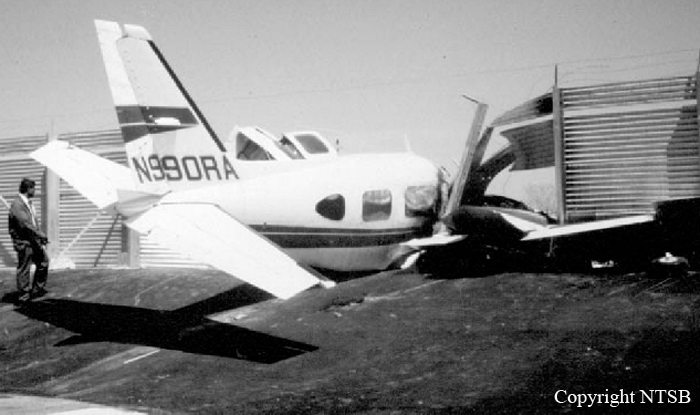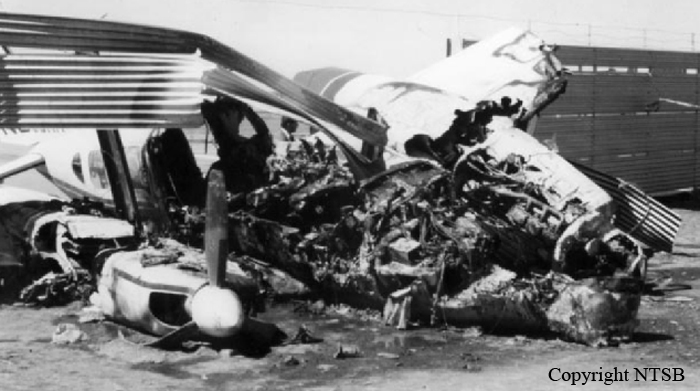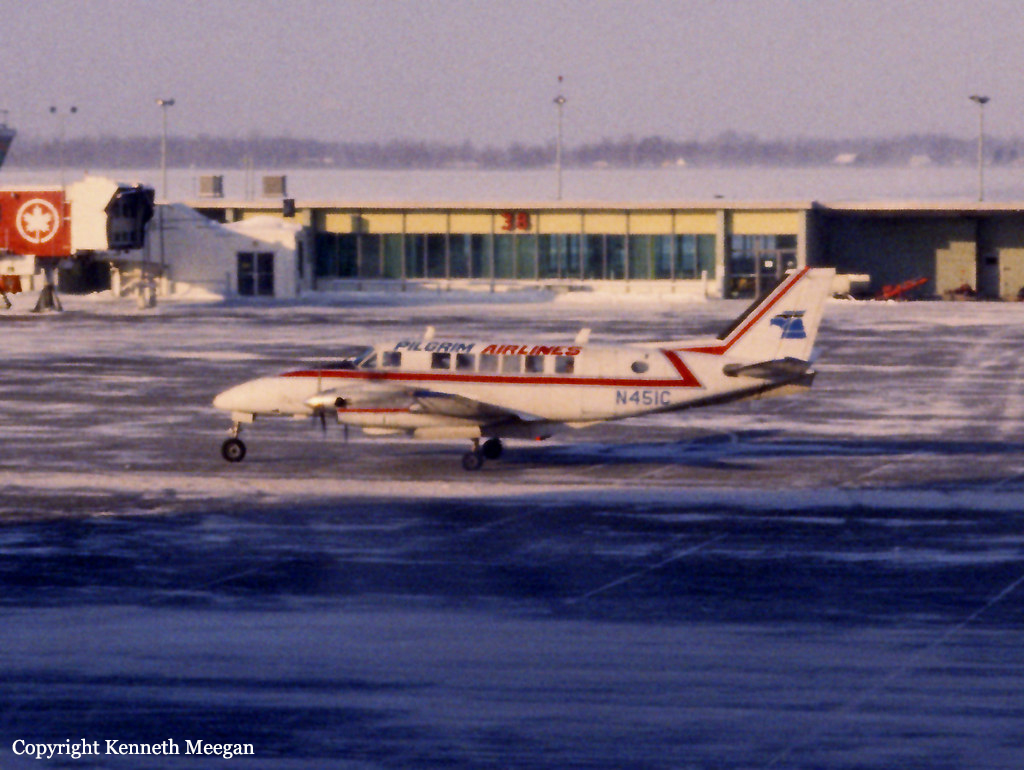Crash of a Piper PA-60P Aerostar (Ted Smith 602P) in Danbury: 1 killed
Date & Time:
Apr 12, 1995 at 1327 LT
Registration:
N602PC
Survivors:
Yes
Schedule:
Washington DC – Danbury
MSN:
62-0861-8165002
YOM:
1981
Crew on board:
1
Crew fatalities:
Pax on board:
3
Pax fatalities:
Other fatalities:
Total fatalities:
1
Captain / Total hours on type:
481.00
Aircraft flight hours:
3253
Circumstances:
After making a localizer runway 08 approach, the pilot landed over halfway down the 4,422 feet wet runway. He then decided to abort the landing, added power, and when airborne, retracted the landing gear. He said he asked the right front seat (non-rated) passenger to reset the flaps (to 20°). The pilot saw trees ahead, and realized the airplane was not going to clear the obstacles, though full power was applied. Just before impact, he pulled back on the elevator control to soften the impact, rather than hitting the trees nose first. After the accident, the wing flaps were found in the retracted position. A passenger was killed and three other occupants were seriously injured.
Probable cause:
The pilot's delay in initiating a go-around (aborted landing) and failure to assure that the flaps were properly reset for the go-around. Factors relating to the accident were: the pilot's failure to achieve the proper touchdown point for landing, the wet runway condition, and the proximity of tree(s) to the runway.
Final Report:






